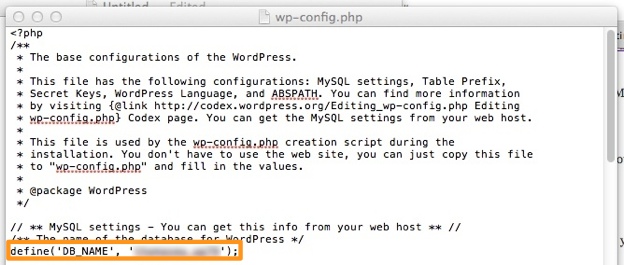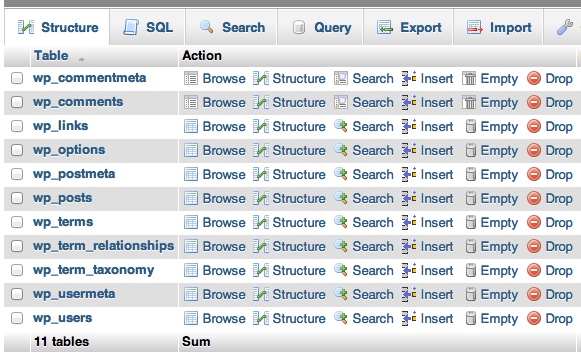Product Docs Overview
Duo hosting Documentation provides best practices and How-to’s to get you where you need to be.
Need Assistance?
Servers
.
Name servers
ns1.duohosting.net
ns2.duohosting.net
Web hosting
.
Domains
.
Uploading your website in cPanel guide
This article will explain how to upload your website to your duohosting running cPanel, through the cPanel File Manager.
Log into the customer (cPanel) portal at https://[[IP Address]]:2083, Replacing [[IP Address]] with the IP address for your server provided in your welcome email.

You will then be logged into the customer (cPanel) portal for the account you wish to upload the files for.

In the Files section click on the File Manager icon.
![]()
Select the Web Root (public_html/www) option and press the Go button.

You will now see the File Manager screen.

Click on the Upload icon.
![]()
Press the Browse button to select the file you wish to upload.

Navigate to the file you wish to upload and press the Open button.

You will then see a status for the file upload.

When the upload is complete click on the link Back to /home/customer/public_html.
You will now see your uploaded file in your File Manager screen.

Then repeat steps 6 to 11 until you h
Forgot your wordpress password
Step 1 – Access your database in PHPMyAdmin. Read our guide on how to access your database if you would like some help.
Step 2 – Open the users table. Click the users table in the menu to the left. …
Step 3 – Enter new password. …
Step 4 – You are done!
Using phpMyAdmin to Change Your Password
As long as you can gain access to your hosting account, don’t sweat it. With just a few simple steps, you can change the existing password to a new one, which will allow you to log into your WordPress site as per usual.
1. Identifying Your WordPress Database
you can skip this
If you do not know the name of the database which relates to the site you are unable to gain access to, you will first need to identify it. If you do know the name of the database, you can skip this step.
You will need to access the root directory of your website — either via your hosting provider’s File Manager (located on the cPanel), or via an FTP client. Either way will work fine. The file you are looking for within your site’s root directory is “wp-config.php” — go ahead and open it up.
Within that file you will see a variable identified as “DB_NAME”, like this:

The value of that variable is the name of your site’s database. Make a note of it.
2. Locating Your Password in phpMyAdmin
Log into your hosting provider’s cPanel and locate phpMyAdmin:

Once logged into phpMyAdmin, click on the “Databases” tab, followed by the name of the database that relates to the site you are unable to gain access to. You will be presented with a list of tables like this:

Click on the “wp_users” table. You will now be presented with a list of users registered to your site:

Click to edit the user whose password you wish to change, and you will be presented with a list of variables relating to that user — the most important of which is “user_pass”.
3. Changing Your Password
If you look at the data contained within the “user_pass” variable, you will see that it is encrypted:

In order to replace this, you will need to generate your own encrypted password. Fortunately, doing so is a piece of cake — just head over to the MD5 Encryption website, enter your chosen password into the relevant box, and hit “Encrypt It!”:

Obviously, I recommend that you use a secure password, with random words or characters, numbers, symbols, and random capitalization.
The tool will spit out an encrypted password, which you can then copy and paste into the “user_pass” field in phpMyAdmin. Once you’re done, just hit “Go” at the bottom of the screen.
That’s it! If you head back to your WordPress site’s login screen, you will find that your new password will work!
Add Your Heading Text Here
Lorem ipsum dolor sit amet, consectetur adipiscing elit. Ut elit tellus, luctus nec ullamcorper mattis, pulvinar dapibus leo.
